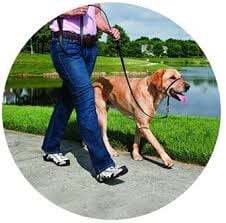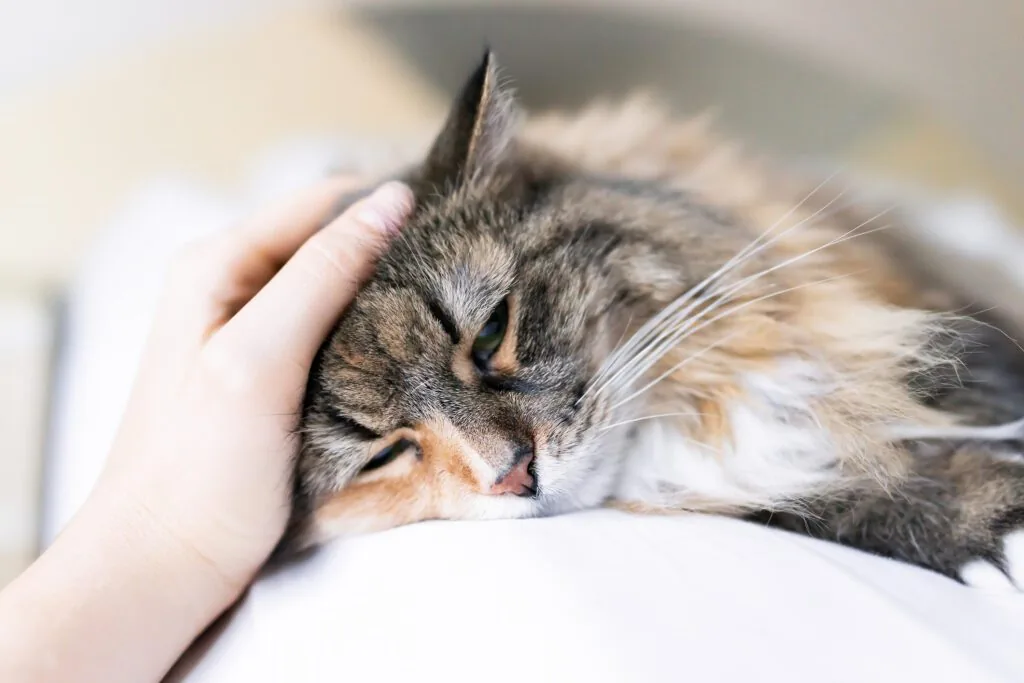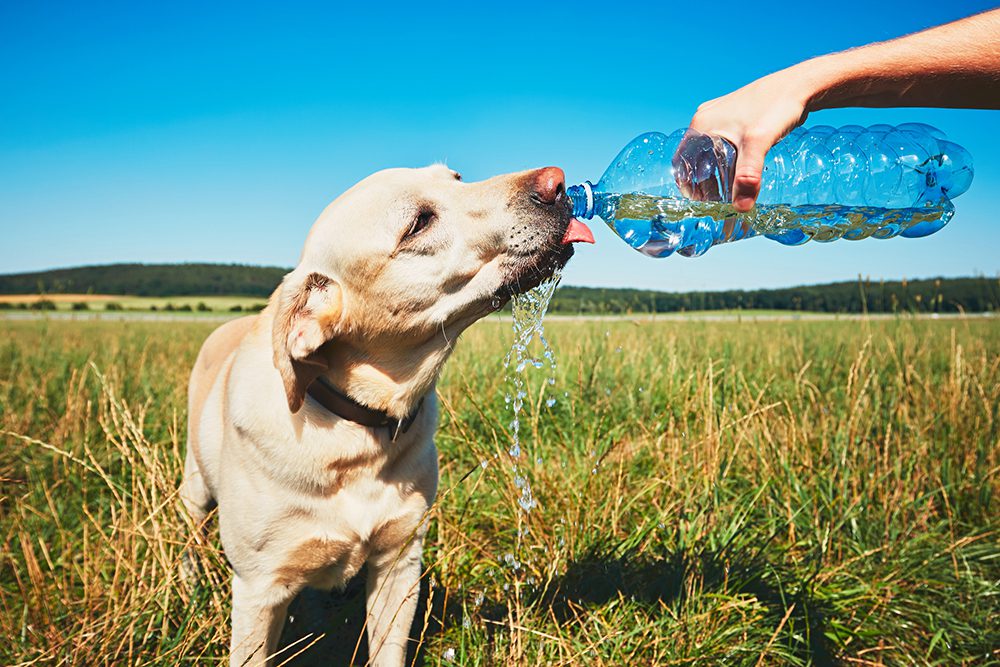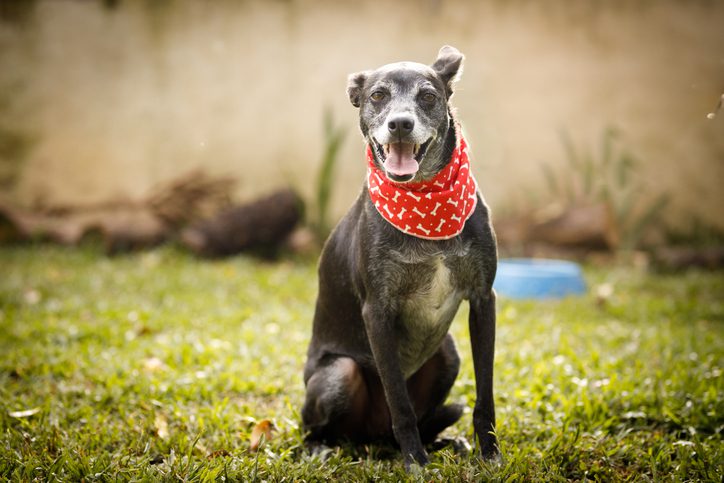Chill Dog

How to travel with your dog Stress Free
Signs of a stressed dog
- Shaking/tremoring
- Tail tucked under
- Lips pursed
- Panting/pacing
- Excessively licking
- Growling and snapping
- One paw held non-weight
- baring
Step 1: The Leash.
Most dogs love the leash because it means exciting adventures to come. But there are a few principles that will help your dog and you to have an enjoyable experience while on the leash.

- DO NOT use retractable leashes. This confuses dogs because they never know their boundaries. Sometimes they can go 20 feet and other times they cannot and sometimes they get in trouble when they try to get more leash and sometimes they don’t. This sets your dog up for failure. A good leash is 4 – 6 feet long. This will allow your dog to have plenty of room to explore in a safe distance and still allowing you to control your dog if a situation arises.
- Train your dog to walk next to you and not pull on the leash. Pulling on a leash can cause damage to the trachea (wind pipe) or neck vertebrae that can cause your dog pain and future anxiety about the leash. If you have a dog that pulls too much DO NOT get a harness.
- DO NOT use choke or prong collars. These collars require the owner to apply direct short bursts of force to correct a dog’s action. This is negative reinforcement and not only can cause pain to your dog but can cause future anxiety and stress about leashes and collars.
- We recommend a gentle leader which will allow gentle effective control in a safe manner. This leash allows the dog to correct him/herself when trying to pull against you.
Step 2: Preparation.
- The night before travel give one dose of Trazadone
- About 2 -3 hours before travel give a second dose of Trazadone.
- About an hour before travel put the Chill Dog Travel Bandana on your dog to allow the calming pheromones to take effect.
| 0-10# | ¼ – ½ pill |
| 11-25# | ½ – 1 pill |
| 26 – 50# | 1 – 2 pills |
| 51 – 100# | 2 – 4 pills |
Step 3: The Car Ride.

The car ride can be stressful because of the vibrations, noise and smells and some cats get car sick.
Things to do:
- Make sure the vehicle is a desirable temperature
- before getting in and turn the music off or put soft
- calm music on.
- Put small dogs in a carrier and larger dogs can sit
- either in a back seat or buckled into a front seat.
Things NOT to do: Play loud music. Roll the windows down while going down the road. Put the dog in a truck bed or other unsafe position.
Step 4: The Arrival.
The veterinary clinic will sound and smell different and will automatically induce a stress response.

Things to do:
- Go to the designated waiting area for dogs
- to help reduce interspecies interactions
- which will stress the dog more.
- The weight scale is always stressful for the
- dog and is natural for them to be hesitant to
- get on it. Try placing some cheese on the wall
- next to the scale or picking the dog up gently and placing him on the scale. Try to avoid dragging or forcing him/her to it as this will enforce the dog’s anxiety.
- Upon entering the exam room let the dog wander and investigate his surroundings at leisure. If you sense that your dog is fearful you may want to keep him leashed just in case he reacts aggressively towards veterinary staff. Sometimes they react that way not because they are aggressive but because they are so afraid that is the only way they know how to convey their fears and stress.
Things NOT to do: Scold or discipline your dog. Let the veterinary professionals handle the dog in these situations as they are trained to do so in safe and lower stress methods.
Step 5: Going Home.
Most dogs are anxious to leave the veterinary clinic so usually when the exam room door is opened the dog is ready to run so ensure the dog is leashed appropriately before opening the exam room door. Returning home should follow the same recommendations for travel as when coming to the veterinary clinic.
It is important to follow the veterinarian’s instructions or recommendations on follow up care of medical conditions. If any of the following signs are noted in your dog after coming home please alert the veterinarian.
- Not eating, Lethargy, Vomiting, Abnormal behavior

Recent Posts
Understanding Parvovirus: What Every Pet Owner Needs to Know
Parvovirus is one of the most serious — and preventable — diseases that can affect our furry…
Pain in your Pet
As a veterinary professional, the most common fallacy owners hold about their animals is that their beloved…
Heat Exhaustion and Heat Stroke
Summer is and should be a time of outdoor fun and activities. Swimming, boating, fishing, hiking, camping,…
Why is my Cat Pooping Outside the Litterbox in Branson, MO?
If your cat has been pooping outside the litterbox, you’re probably feeling frustrated and worried at the…
6 Tips When Caring for a Senior Dog in Branson, MO
Taking care of a senior dog can be difficult for some pet owners. It’s hard to watch…
About Shepherd of the Hills Veterinary Clinic
Founded in 2018 by Dr. Amanda McGinty, we are a full-service animal hospital with a passion for pets and a commitment to community. We offer high-quality, competitively-priced care for Branson-area cats, dogs, rabbits, and pocket pets. At Shepherd of the Hills Veterinary Clinic, we want to provide the best healthcare possible, so we are fully equipped with state-of-the-art imaging and laboratory testing. In addition to carrying the latest technology, we value education and best-in-class care. Therefore, we are Fear Free certified, and Dr. Amanda utilizes a holistic approach using up-to-date modern medicine in addition to herbal and alternative therapies.







